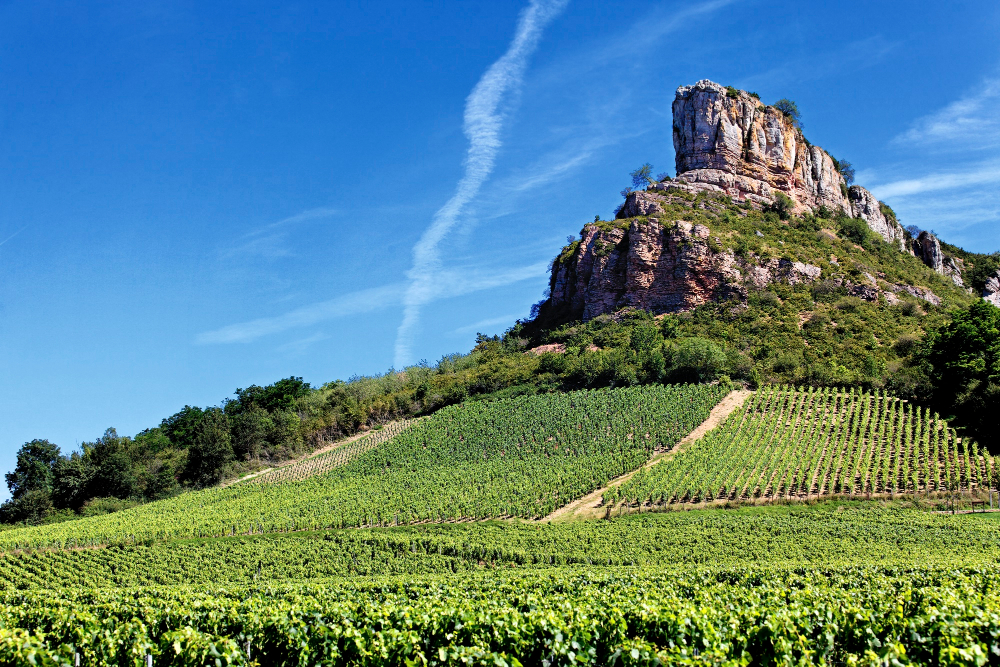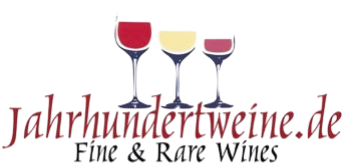German noble sweet Trockenbeerenauslese: A masterpiece of winemaking
The world of wine is rich in fascinating styles and specialities, but few reach the level of complexity, rarity and artistic perfection as the German noble sweet Trockenbeerenauslesen (TBA). These wines, made from shrivelled grapes affected by noble rot (Botrytis cinerea), are among the most precious and long-lived sweet wines in the world. Their production requires not only ideal climatic conditions and tireless manual labour, but also a deep knowledge of winemaking. The aim of this article is to shed light on the special features of these wines, their historical significance, the regions in which they are grown, the production methods and their sensory characteristics and ageing potential.
The origins of Trockenbeerenauslese
The history of noble sweet wines in Germany dates back to the Middle Ages, when monks in monasteries such as Eberbach in the Rheingau began to observe the special effect of noble rot. However, the targeted production of Trockenbeerenauslese wines only developed in the 18th and 19th centuries, when winegrowers realised that the concentration of the must due to the natural drying of the berries led to exceptionally complex and long-lasting wines. The term "Trockenbeerenauslese" was enshrined in German wine law and stands for wines that are made exclusively from overripe, botrytis-infested and already heavily shrivelled grapes. In contrast to other Prädikat wines such as Beerenauslese or Eiswein, TBA requires even stricter selection, as only the most concentrated berries are used.
Climatic conditions and ideal growing regions
The development of a Trockenbeerenauslese depends heavily on the climatic conditions. Moist autumn mornings, which favour the spread of noble rot, followed by sunny, dry days, which allow the berries to dry out further, are decisive. These conditions are mainly found in German wine-growing regions close to rivers, as rivers such as the Rhine, Moselle or Saar provide the necessary moisture.
The best-known regions for TBA include:
Mosel: The steep slopes along the Mosel, Saar and Ruwer in particular produce some of the most elegant and mineral TBAs, often characterised by Riesling.
Rheingau: More powerful, yet delicate Auslese wines with long ripening potential are produced here.
Pfalz and Rheinhessen: TBAs with opulent fruit and honey-like density develop in warmer sites in these regions.
In addition to Riesling, which is considered the noblest grape variety for TBAs, varieties such as Scheurebe, Gewürztraminer or Pinot Blanc are also occasionally used for such wines.
The art of harvesting and vinification
The production of a Trockenbeerenauslese is one of the most complex tasks in viticulture. The grapes are harvested in several passes ("Tries"), in which only the berries that are most severely affected by noble rot and already very dry are picked by hand. It often takes several harvests weeks apart to achieve perfect ripeness.
The must weight of these grapes is usually at least 150° Oechsle, often significantly higher. Due to the extremely high sugar content, fermentation is slow and can take weeks or months. Many winemakers allow fermentation to stop naturally when the alcohol content is around 6-10%, creating a harmonious balance between sweetness and acidity. The type of ageing varies - some producers use stainless steel, others use large wooden barrels to give the wine additional complexity.
Sensory and drinking experience
A high-quality Trockenbeerenauslese impresses with an incomparable variety of flavours. The aroma contains intense notes of dried apricots, honey, almonds, orange jam and often exotic spices such as saffron or ginger. The noble rot gives the wine a subtle note of mushroom or fresh forest soil, which further enriches it.
On the palate, there is a perfect balance between concentrated sweetness and lively acidity, which never makes the wine feel heavy or sticky despite its opulence. The texture is silky, almost oily, and the length is exceptional - a top-class TBA can linger for minutes.
Ageability and development potential
One of the most fascinating aspects of Trockenbeerenauslese wines is their almost unlimited shelf life. High-quality vintages can age for decades, in exceptional cases even for a century. With increasing age, they develop even more complex flavours of caramel, tobacco, nuts and often an earthy, almost petrol-like nuance, which is particularly appreciated in old Riesling TBAs.
Cultural and economic significance
Trockenbeerenauslese wines are not only culinary highlights, but also cultural treasures. They represent the highest art of German viticulture and symbolise a centuries-old tradition. Due to their rarity - often only a few hundred bottles are produced per vintage - they are also coveted collector's items and achieve top prices at auctions.
German noble sweet Trockenbeerenauslese wines are unique wines of global importance, and their production requires not only perfect conditions and craftsmanship, but also patience and passion. Anyone lucky enough to taste such a wine will experience a piece of German wine culture in its purest form - a harmonious masterpiece of nature and human craftsmanship.

1. extremely high must weights - the concentration makes the difference
The minimum must weight for a TBA is 150° Oechsle, but top wines often reach 200-300° Oechsle or more.
For comparison: A normal Riesling Spätlese starts at around 76° Oechsle, a Beerenauslese (BA) at 110° Oechsle.
The sugar in the grapes is so highly concentrated that the must often flows like syrup.
2. noble rot (Botrytis cinerea) - the "noble mould"
The noble rot penetrates the grape skin and allows water to evaporate while sugar, acidity and flavours are retained.
Botrytis gives the wine characteristic flavours of honey, marzipan, dried fruit and exotic spices.
Not all grapes are equally affected - individual berries often have to be picked by hand.
3. tiny yields - work by the litre
Up to 1,000 kg of grapes are needed for one litre of TBA (in comparison: around 5-7 kg per litre is enough for normal wines).
A single vine often only yields a handful of usable berries.
In some years, only 100-300 bottles are produced per winemaker, in bad years none at all.
4 The harvest - a test of patience
The grapes are harvested by hand in several passes (Tries), often weeks apart.
The berries must be so dry that they almost look like sultanas.
The grapes often have to remain on the vine until November or December in order to achieve the necessary concentration.
5 Fermentation - a slow process
Due to the extremely high sugar content, fermentation is difficult and can take months.
Many TBAs only reach 5-9% alcohol because the yeasts stop fermentation prematurely.
Some winemakers use special refrigeration techniques to control fermentation.
6. record wines - The most expensive and oldest TBAs
A bottle of Egon Müller Scharzhofberger Riesling TBA 1959 was auctioned for over €10,000.
The Joh. Jos. Prüm Wehlener Sonnenuhr Riesling TBA 1949 is considered one of the best TBAs ever produced and is still drinkable today.
TBAs can mature for 50-100 years or longer - older vintages develop flavours of petrol, caramel and truffles.
7 Rare grape varieties - not just Riesling
Whilst Riesling is the most well-known variety for TBAs, Scheurebe, Gewürztraminer, Pinot Blanc and even Pinot Noir (as a red wine TBA) are also used.
Scheurebe TBAs often have intense flavours of redcurrant, grapefruit and peppermint.
Gewürztraminer TBAs are particularly exotic with lychee, rose petals and ginger flavours.
8 Climate change - a danger for TBAs?
Warmer years lead to higher must weights, but also to less noble rot, as Botrytis needs moist conditions.
Winegrowers are experimenting with later harvest times and new grape varieties in order to preserve tradition.
9 Culinary harmony - the best accompaniments
Classic: Gorgonzola, Roquefort or blue cheese (the sweetness balances the saltiness).
Modern: Foie gras, truffle dishes or desserts with caramel and marzipan.
Purists drink TBA as a meditation drop without accompaniment.
10. forgeries and rarities - an expensive collector's item
Due to their high value, TBAs are a target for wine counterfeiters - especially from the Egon Müller winery
Some wineries such as Egon Müller, J.J. Prüm, Dönnhoff and Robert Weil are regarded as absolute top producers.



